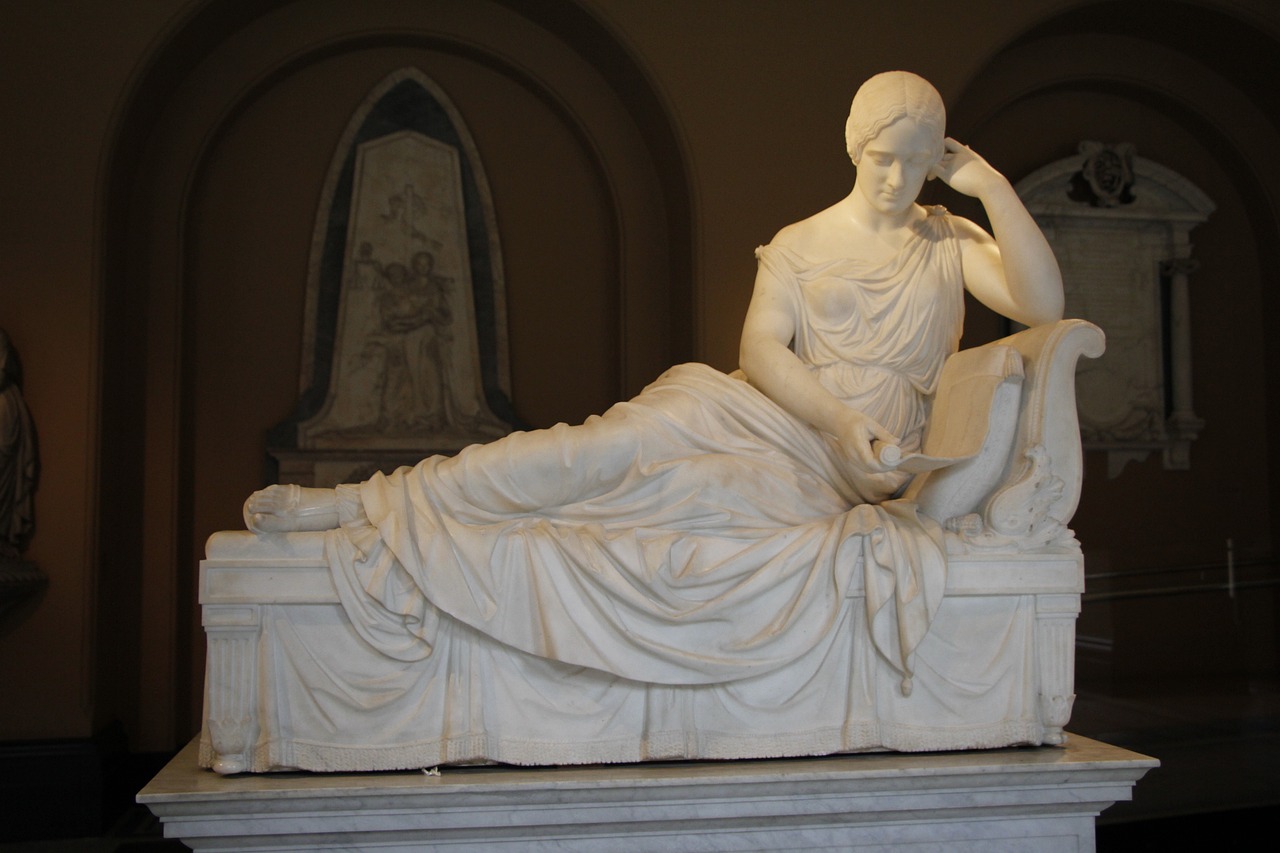Renenutet, also known as Renenet or Ernutet, was a formidable deity revered in ancient Egyptian culture as the embodiment of nature’s bounty. Frequently referred to as the “Lady of Fertile Fields” and the “Lady of Granaries,” she was also recognized as a Cobra Goddess, dubbed the “Nourishing Snake,” symbolizing sustenance and harvest. Artistic representations of Renenutet varied; she appeared as a cobra, as a woman with a cobra’s head, or as a woman adorned with a floral headdress and clutching a sheaf of wheat. Her likeness adorned amulets and talismans, emphasizing her crucial role in the lives of the ancient Egyptians.
As a deity representative of nature, Renenutet was believed to possess the ability to encourage the growth and health of plants. She was closely associated with the seasonal flooding of the Nile, which provided essential water for the land, enabling crops to flourish. For farmers, her reverence was vital, as they relied heavily on the fecundity of the earth for sustenance and income.
In the realm of the afterlife, Renenutet served as a protector to the Pharaoh, overseeing the garments that adorned him in death. These garments held great power, intended to ward off enemies, which earned her the title “Lady of the Robes.” A notable acknowledgment from the Pyramid of Pepi II highlights her significance:
“O Osiris-Pepi, I bring you the Eye of Horus which is in Tait, this Renenutet-garment of which the gods respect, so that the gods may respect you like they respect Horus.”
Renenutet’s divinity was interwoven with other Nile deities, such as Hapi and Sobek. Her influence was seen in rites designed to ensure the Nile’s inundation, crucial for agricultural prosperity:
“I will make the Nile swell for you, without there being a year of lack and exhaustion in the whole land, so the plants will flourish, bending under their fruit. Renenutet is in all things – everything will be brought forth by the million…” ~ From the Famine Stele
Known also as “She who Rears,” Renenutet was the goddess who assisted in nurturing children, believed to provide them their true name—hence referred to as “She who is in the Name.” In ancient beliefs, possessing an individual’s secret name granted one power over that person, underscoring the revered nature of what Renenutet represented. In The Book of the Dead, she was often seen alongside Shai, the God of destiny, with Pharaoh Ramses II even taking the title of “Lord of Shai and Creator of Renenutet.”
The roles of Renenutet and Shai increasingly blurred over time, as their attributes intermingled with concepts of abundance and fortune, resulting in a unified reverence for both deities and what they symbolized.
Renenutet was significantly honored with festivals at the onset of the spring season, marking the planting of crops, as well as during the first month of summer when the plants matured. During these celebrations, the best of the yields would be offered to her, demonstrating gratitude for her blessings. Additionally, she had a shrine located near wine-producing sites, enabling winemakers to present her offerings as part of their rituals.
Her association with the flourishing flora along the Nile highlighted her vital role in ancient Egyptian agriculture. The water lilies and lotus flowers were regarded as symbols of rebirth, frequently integrated into religious practices and ceremonies. Renenutet’s involvement in these cultural expressions was seen as crucial, bringing prosperity and favor to the participants. As the revered “Nourishing Snake,” Renenutet was esteemed as the protector of the Egyptian people, the nurturer of Pharaohs, and the divine guardian of the sacred names of individuals.





